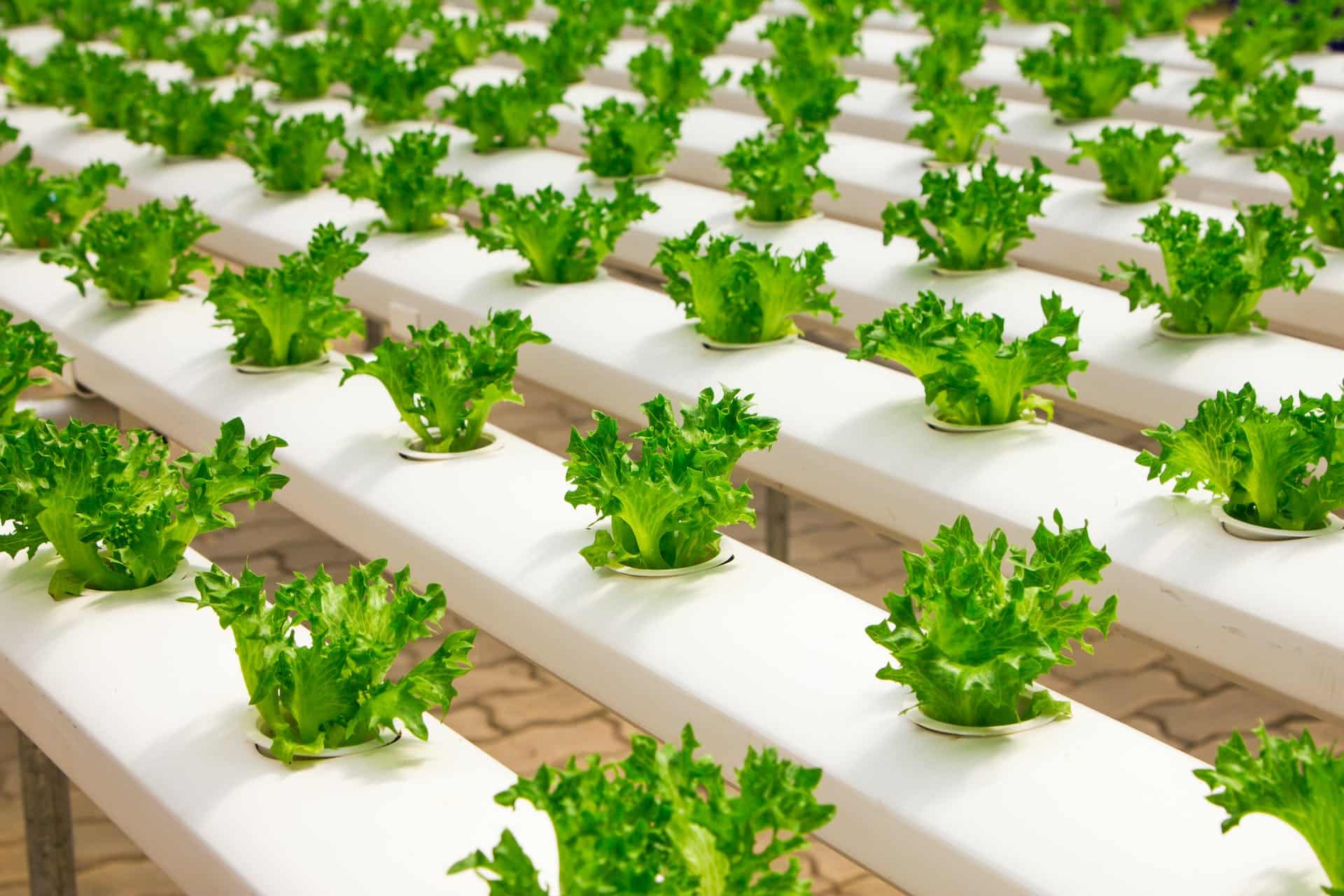As we explore the landscape of the 21st century, it becomes apparent that technology is reshaping the world as we know it. A significant part of this transformation is happening in the culinary world, where emerging food technologies – notably, lab-grown meat and 3D printed food – are challenging the traditional norms of food production and consumption. This article will explore the health implications of these burgeoning technologies, addressing concerns and benefits alike.
Lab-Grown Meat: A Step Towards Sustainable Nutrition?
Lab-grown meat, also known as cultured meat or clean meat, is a form of cellular agriculture that involves developing meat from animal cells in a lab. This technology is touted as a solution to the environmental and ethical problems associated with conventional meat production. But what about its health implications?
Sujet a lire : What are the health benefits of yoga for seniors?
Research shows that lab-grown meat has the potential to be nutritionally equivalent to, or even superior to, traditionally farmed meat. Scientists can control the nutritional profile of lab-grown meat by adjusting the types and amounts of fats, proteins, and other nutrients during the cultivation process. Therefore, it is possible to produce meat with less saturated fat and more beneficial omega-3 fatty acids, for instance.
Moreover, lab-grown meat can help address some foodborne illnesses. Traditional meat production often involves practices that can lead to bacterial contamination, such as E. coli and Salmonella. However, since lab-grown meat is produced in sterile labs, the risk of these bacterial infections is considerably reduced.
A découvrir également : How does engagement in live music performances impact listener well-being and social connectivity?
The Potential Health Concerns of Lab-Grown Meat
While the potential benefits of lab-grown meat are promising, there are also health concerns that need to be addressed. One concern revolves around the use of antibiotics. Similar to traditional farming, cell cultures in the lab can be susceptible to bacterial infections. To prevent this, scientists may use antibiotics, which could lead to antibiotic resistance, a major public health concern.
Another issue is the possible presence of growth-promoting hormones. These hormones might be used to speed up the cell growth process, but their impact on human health can be detrimental. Long-term consumption of hormones has been linked to various health problems, including cancer and early puberty in children.
Moreover, since lab-grown meat is a novel food product, its long-term health effects are not yet fully known. It might take years or even decades of continuous consumption to fully understand its impact on human health.
Embracing the Future with 3D Printed Food
3D printing technology presents a new frontier in the culinary world. This technique comprises digital modelling and layer-by-layer assembly to create three-dimensional food items. But how does this innovative technology fare in terms of health impact?
3D printed food offers the advantage of personalized nutrition. The technology can be programmed to print food with specific nutritional content to meet individual dietary needs. For example, a person with diabetes could have a meal printed with low sugar levels, while a sportsperson could have a protein-packed meal.
In addition to that, 3D printed food brings a promising solution to the problem of food waste. Since the process only uses the amount of raw material needed, it significantly reduces food wastage, contributing to a more sustainable food system.
Potential Health Risks of 3D Printed Food
Despite the potential benefits, 3D printed food also faces some health concerns. The most significant is the use of synthetic and processed ingredients. Most 3D printed foods require ingredients to be in a paste form, which often involves heavy processing and the use of additives, preservatives, and artificial colors.
Consuming highly processed foods regularly can lead to health issues like obesity, heart disease, and diabetes. Furthermore, the long-term health effects of consuming 3D printed food are still unknown as the technology is still in its early stages.
Another concern is the potential for cross-contamination, especially if the 3D printer is used for multiple food items. Without proper cleaning, residues from previous printings can contaminate the next food item, leading to foodborne illnesses.
Taking a Balanced Approach
Emerging food technologies like lab-grown meat and 3D printed food certainly have the potential to revolutionize the way we consume food. They offer benefits such as personalized nutrition, reduced food waste, and potentially healthier alternatives to traditional food items. However, it’s important that we approach these technologies with a balanced perspective, acknowledging the potential health concerns and advocating for rigorous scientific research and regulation to ensure these technologies are safe and beneficial for all.
Ensuring Safety of Cultured Meat and Printed Food
The adoption of emerging food technologies like cultured meat and 3D printed food remains contingent on ensuring their safety. Given that these technologies are relatively novel, there is a pressing need for rigorous research, thorough testing, and robust regulatory frameworks.
Lab-grown meat, produced by cultivating cell lines in a lab, is a frontier that has the potential to redefine the meat industry. Scientists can manipulate the texture, taste, and nutritional content of the cultured meat, making it a viable alternative to traditional meat. However, we must remain cognizant of concerns about possible antibiotic use and growth-promoting hormones in the production process. The risk of antibiotic resistance, a global health concern, must not be overlooked. Furthermore, the long-term health effects of consuming cultured meat remain unknown, necessitating comprehensive, long-term studies.
Similarly, the promise of personalised nutrition offered by 3D printing technology is tantalising. It could allow healthcare professionals to tailor meals to specific dietary needs, such as controlling sugar levels for diabetics or providing protein-rich meals for athletes. Moreover, the technology could significantly reduce food wastage by using only the required amount of raw material. However, the use of heavily processed ingredients in the form of pastes and the potential for cross-contamination pose significant health risks.
Google scholar and other research databases must be at the forefront of research into these technologies, investigating potential safety risks and developing recommended best practices for the production of lab-grown meat and 3D printed food. This research will be pivotal in informing regulatory frameworks and ensuring consumer safety.
Conclusion: Balancing Innovation and Safety in Food Technologies
As we navigate the 21st century, it’s clear that technology is playing an increasingly crucial role in reshaping our world – and our plates. Lab-grown meat and 3D printed food promise a future where ethical, sustainable, and personalised nutrition is the norm rather than the exception. However, we must find a balance between embracing these innovative technologies and ensuring their safety.
While the benefits are enticing – from potentially healthier alternatives to conventional meat to customised meals that meet our specific dietary needs – we cannot ignore the potential health risks. Antibiotic resistance, the consumption of growth hormones, and the long-term effects of consuming these new food categories remain largely unknown. Our eagerness to adopt these technologies must be tempered by thorough research and robust regulation.
The future of food is undoubtedly exciting. But as we leap forward, we must ensure that we’re not just creating appetising alternatives, but also ones that are safe, sustainable, and beneficial to all. As consumers, our role is not just to enjoy these new food technologies but also to stay informed and advocate for rigorous testing and transparency. After all, it is not just our taste buds at stake, but our health as well.






